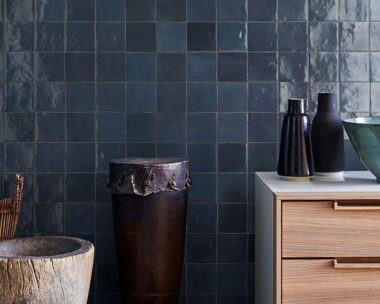Sparkling and bright, whether it’s indoors or outdoors decorative lighting brings holiday cheer to your home and garden, with a warm glow that will exude the festive spirit.
With so many options for lighting that will bring that extra special touch to your holiday season, here’s everything you need to know about brightening up Christmas.
Step 1: Pick your projects before you purchase
The holiday season is an expensive one, but don’t fret. Decorating for your festive season is not as expensive as one would think, as long as you plan ahead.
Some popular spots for indoor Christmas lights include:
Weaved through your Christmas wreath
Under or around a table
A Christmas tree feature wall made from lights
Around windows and door frames
Inside vases as a center piece
Canvas lights
Some popular spots for outdoor Christmas lights include:
Along your rooflines
Wrapped around trees and in bushes
Around pillars and posts
Around windows, door frames and other architectural features
Along driveways and pathways
Around focal points in your yard or garden
Measure everything you want to decorate with lights, including the distance from the power source.
The number of lights you’ll need to decorate trees and shrubs is a matter of personal preference. Just remember to measure how you anticipate placing the lights.
Step 2: Buy your lights
With so many options for Christmas lights now available, lighting for your special occasion has become very cost effective. Many hardware and department stores stock the perfect lights for indoors and outdoors.
Whether you are using new or old lights remember to test them first to check for any faulty bulbs or smoking. This will also save you time and effort with re-hanging should they not work.
The best way to test your decorative lights is to untangle and lay them on a flat surface, possibly the kitchen bench, and plug into a power source. You should leave lights on for at least 10 minutes to make sure they don’t overheat and check for any bulbs that may need replacing.
If any bulbs do need replacing, unplug them from the power source and replace the bulbs (most lights will come with spares).
Pay attention to the surfaces that your lights will be touching or hanging from. Make sure the lights are not placed on or near something that will melt or burn easily (such as paper or plastic). This process will also help you choose the appropriate method of hanging your lights.
Step 3: Gather everything else you’ll need
You’ll need a few special supplies to hang Christmas lights whether inside or out, as well as deciding where you will start your project. Tools that you may require include:
Extension cords: Bring power to the site where your lights will be displayed. Make sure you have the correct cords for the job at hand.
Timer: This will be useful to ensure lights are only on in the evening. Timers can be set for certain times and time increments. A timer will also help you save money in the process.
Ladder: Many homes will have a ladder around the house. This can be useful, especially when hanging lights outside or hanging lights that may be slightly out of reach.
Hooks and clamps: Look for specialty hooks and clamps that make it easy to attach to the surfaces which your projects will be hanging from. New innovations in mess-free hooks that don’t mark walls are available for numerous jobs. Double-check that the adhesive-backed hardware is appropriate for each of your projects. Nails and thin wire or twist ties are also useful to have on hand.
Basic hand tools: Screwdrivers, a hammer and pliers (to bend wire and pinch hooks tight).
Decorate safely and quickly
Before you hang your Christmas lights, decide what you’re going to work on first as well as what hardware and tools you’ll need.
Although each project is different, the following tips will help ensure that your lights go up smoothly and look great:
If possible, hang lights during the day. Avoid installing electrical items while it’s raining.
Unwrap all lights and untangle cords before you start decorating. Test each light strand. Replace burned-out or missing bulbs. Throw out strands with broken or fraying cords.
Work with a helper. The job will go faster with someone to hand you tools and keep cords tangle-free.
In general, start high and work your way down. As necessary, use extension cords to get power to your starting point. To eliminate a tripping hazard, avoid running lights on the ground or pavement.
Never connect more than three strands, or 300 lights, end to end. After you finish hanging your third strand, start back at the power source for your next set.
Use clips to attach lights whenever possible. Avoid driving nails into cords or attaching cords with staples, which can damage the lighting strands.




